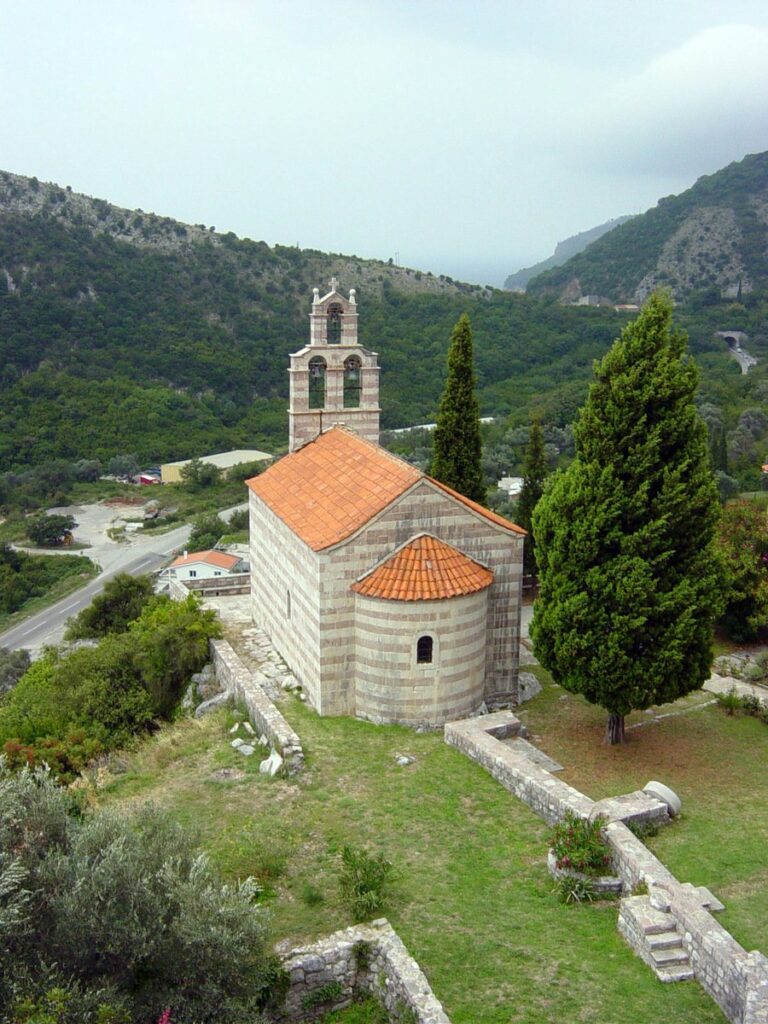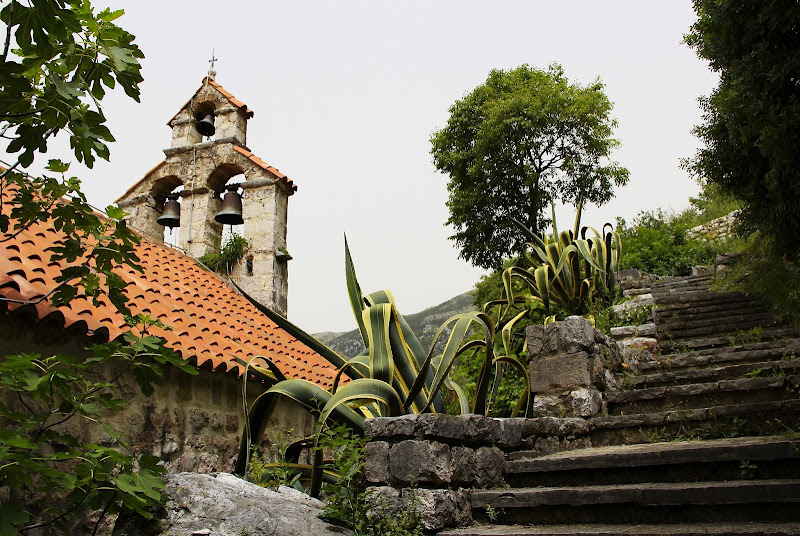Monastery Gradište: Historical Foundations and Spiritual Significance
The Monastery Gradište stands as a testament to the enduring spiritual traditions that have woven through history. With its origins tracing back to ancient times, this sacred enclave has played a pivotal role in the preservation of religious practices, teachings, and architectural artistry.
Situated atop a serene hill, the Monastery Gradište offers panoramic vistas of the surrounding landscape. But beyond its physical beauty lies a history steeped in devotion, resilience, and enlightenment. Chronicles suggest that the monastery was a hub for scholars and monks who dedicated their lives to spiritual pursuits, copying manuscripts, and nurturing the soul through prayer and meditation.
The structures within the Monastery Gradište bear the hallmarks of architectural styles from various epochs. Frescoes depicting religious narratives adorn its walls, each telling a story of faith, struggle, and redemption. The sanctity of the monastery has drawn pilgrims and seekers from far and wide, all looking to imbibe the spiritual energy that permeates this hallowed ground.

Monastery Gradište: Modern-Day Relevance and Conservation Efforts
In contemporary times, the significance of Monastery Gradište has transcended beyond its religious contours. It stands as an emblem of cultural heritage, architectural brilliance, and historical importance, attracting not just spiritual seekers but also historians, architects, and tourists.
The monastery’s rich tapestry of history intermingles with tales of miracles, making it a subject of intrigue and reverence. Its library, rumored to house ancient manuscripts and texts, is a beacon for scholars wanting to delve deeper into the theological and historical narratives of the region.
Recognizing its invaluable contribution to culture and history, conservationists and local authorities have initiated efforts to preserve and restore Monastery Gradište. Modern technology aids in repairing age-worn structures, while traditional methods ensure the preservation of its original charm.
Educational programs, workshops, and guided tours are being introduced to educate visitors about the monastery’s legacy. These initiatives not only help in sustaining the monastery’s upkeep but also in instilling a sense of pride and appreciation among the younger generations.
As Monastery Gradište continues its journey through time, it remains a beacon of spiritual enlightenment, historical wisdom, and architectural grandeur, revered and cherished by all who tread its sacred paths.

Monastery Gradište: The Liturgical Traditions and Spiritual Practices
Monastery Gradište, standing majestically against the backdrop of Montenegro’s captivating landscape, is not just an architectural marvel but also a spiritual haven that has been fostering profound liturgical traditions for centuries. The echoes of ancient hymns, the fragrance of incense, and the luminosity of candlelight have been an integral part of the monastery’s spiritual milieu, inviting devotees into a realm of deep reflection and communion with the divine.
Upon entering the Monastery Gradište, one is immediately struck by the solemnity and grace that envelops its precincts. The resounding choral melodies of the monastery’s cantors carry the weight of centuries-old traditions, passed down through generations of monks dedicated to preserving the purity of liturgical practices. These chants, steeped in the orthodox Christian traditions, provide a sonorous backdrop to the daily rituals and ceremonies conducted within the monastery’s walls.
Beyond the music, the spiritual practices at Monastery Gradište extend to periods of contemplation, fasting, and scripture reading. The monks adhere to a strict regimen, starting their day at the crack of dawn with prayers and meditations. This disciplined approach to spiritual life ensures that the monastery remains a beacon of asceticism and devotion.
Another significant aspect of the monastery’s liturgical tradition is the celebration of feasts and holy days. These events draw pilgrims from all corners of the country, and sometimes even from abroad. The grandeur of these celebrations is a sight to behold, with the monastery coming alive in a festival of colors, sounds, and scents. The liturgies are elaborate, with special hymns, readings, and rituals marking the significance of the occasion.
The repository of religious icons, relics, and manuscripts within Monastery Gradište further amplifies its spiritual gravitas. These treasured artifacts, some dating back several centuries, are not just of religious significance but also stand as testimonies to the artistic and scholarly pursuits of the monks who once inhabited the monastery.

Monastery Gradište: The Architectural Majesty and Artistic Treasures
The architectural splendor of Monastery Gradište is a confluence of various artistic epochs, each leaving its indelible mark on the edifice. The monastery, with its towering domes, intricate frescoes, and sprawling courtyards, stands as a testament to the genius of craftsmen and architects who envisioned and brought it to life.
At the heart of Monastery Gradište lies the main church, a marvel of stonemasonry and artistic brilliance. The church’s façade, adorned with detailed carvings and sculptures, narrates biblical stories and episodes from the lives of saints. The interiors are equally captivating, with frescoes painted in rich hues of blue, gold, and crimson. These frescoes, rendered by master artists of their times, depict scenes from the scriptures, the lives of Christ, the Virgin Mary, and various apostles.
Adjacent to the main church is the bell tower, an imposing structure that offers panoramic views of the surrounding landscape. The chime of the bell, resonating through the valleys, calls the faithful to prayer and marks the passage of time.
Apart from its grand structures, the Monastery Gradište houses a treasure trove of artistic masterpieces. Its library boasts a vast collection of illuminated manuscripts, theological treatises, and ancient scriptures. These texts, penned by scholarly monks, are often adorned with illustrations, reflecting the confluence of art and spirituality.
The monastery’s art gallery, another of its prized possessions, showcases a range of religious icons, painted on wood and embellished with gold leaf. These icons, venerated objects of devotion, are not just spiritual conduits but also exemplify the pinnacle of artistic expression of their era.
In essence, Monastery Gradište stands as a repository of cultural, artistic, and spiritual wealth. Its architectural grandeur and the treasures it houses make it an invaluable gem in the rich tapestry of Montenegro’s heritage.

